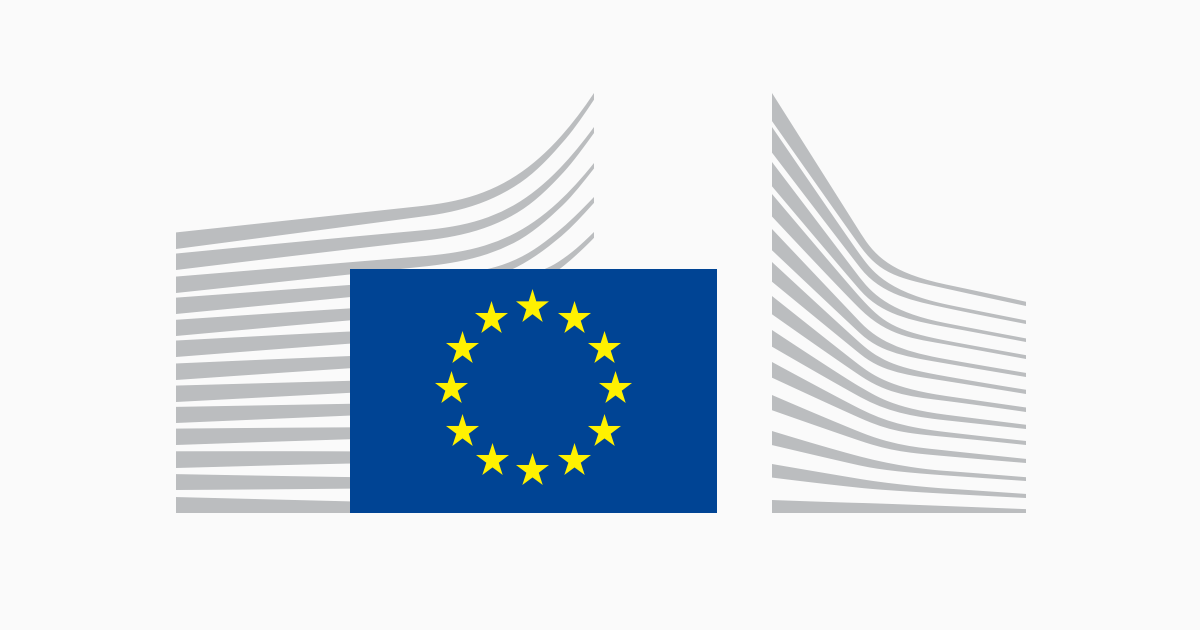5 Tools To Help Teen Entrepreneurs Sell Digital Products
teen boy building his digital product
gettyTeen entrepreneurship is on the rise, according to recent Junior Achievement research. With 60% of teens preferring to start their own business rather than working a traditional job. Unlike previous generations limited to babysitting and lawn mowing, today’s young entrepreneurs are building global brands from their bedrooms. Teens are jumping straight into global markets—thanks to digital products. With no need to manage inventory or handle shipping, they’re building businesses around downloadable items, such as study guides, fitness trackers, and social media kits. It’s a trend backed by numbers: The digital goods economy is on track to hit $74.5 billion by 2025, and individual creators, including teens, are claiming a growing slice of that market.
The entrepreneurial benefits extend beyond income. When teens design, market, and sell digital products, they develop skills in customer research, brand positioning, and iterative improvement—capabilities that strengthen college applications and prepare them for future careers.
Unlike physical businesses, which require fixed schedules, digital products can be created during flexible hours and sold automatically through online platforms.
Research from the Global Entrepreneurship Monitor shows that youth are 1.6 times more likely to want to start a business than adults, with many gravitating toward technology-enabled ventures. Digital products align perfectly with this preference while teaching essential business fundamentals.
Here are five platforms empowering teen entrepreneurs to launch successful digital product businesses:
Simple digital products like PDFs, templates, and planners
Gumroad is a popular choice for teens launching their first digital product. There are no monthly fees—just a small commission taken from each sale—which makes it a low-risk and easy way to get started. You can upload a file, set your price, and start sharing your link with potential buyers in just a few steps.
It also comes with helpful tools like email collection and basic analytics, so you can begin to understand who’s buying your product and how they found it. Many teen creators use Gumroad to sell everything from printable study guides to productivity planners and design templates. The clean interface keeps things simple, allowing the focus to stay on building a digital product people want.
Course creation, memberships, and subscription products
As teen entrepreneurs develop more sophisticated offerings, Payhip provides advanced functionality without overwhelming complexity. The platform supports online courses, membership communities, and recurring subscriptions—business models that generate ongoing revenue.
Payhip includes coupon systems, affiliate marketing tools, and upselling capabilities. These features introduce young entrepreneurs to customer lifetime value concepts and retention strategies typically learned much later in business education.
Teens teaching skills such as music lessons, coding tutorials, or academic support find Payhip particularly valuable for packaging their knowledge into structured digital product courses.
Designing polished, visually engaging digital products
Canva isn’t a sales platform, but it’s where many teen digital products begin. Its drag-and-drop tools and massive template library make it easy to create professional-looking designs—no design background is required. Whether it’s planners, social media kits, or educational worksheets, Canva gives teen creators the freedom to bring their digital product ideas to life.
The platform also supports collaboration, allowing teens to co-create with friends, mentors, or classmates. For those building a brand, Canva’s built-in brand kit tools help keep fonts, colors, and styles consistent across products. Canva's accessibility has lowered the barrier to great design—now, creativity counts more than technical skill.
Interactive dashboards and productivity templates
Notion has evolved beyond note-taking into a platform where teens create and sell sophisticated productivity tools. The demand for Notion templates reflects broader trends toward digital organization and remote work capabilities.
Teen entrepreneurs build study dashboards, content planning systems, and goal-tracking templates that solve real problems for their peers. These products often gain traction through social media demonstrations, particularly on TikTok, where Notion tutorials frequently go viral.
Creating Notion products develops systems thinking and user experience design skills—capabilities valuable across multiple career paths.
Teens with existing social media followings
Stan Store transforms social media presence into business infrastructure. The platform creates customizable landing pages that consolidate product sales, appointment booking, and email collection into a single link.
This approach is particularly beneficial for teens who are already active on Instagram, TikTok, or YouTube and want to monetize their audience. Stan Store's mobile-optimized design recognizes that most teen commerce happens on smartphones.
The platform works exceptionally well for influence-based products, such as social media templates, content calendars, and personal branding guides.
Successful teen digital products typically address problems the creators understand personally. Academic tools perform consistently well, including exam preparation guides, note-taking templates, and college application resources.
Wellness and lifestyle products represent another strong category. Teens create habit trackers, gratitude journals, and self-care planners that resonate with peers facing similar challenges.
Creative assets, such as social media templates, digital stickers, and photo editing presets, capitalize on the visual nature of teen communication and the growth of the creator economy.
Creating and selling digital products isn't just about making money — it's hands-on entrepreneurial education. Teens learn to identify market gaps, price strategically, and adapt their approach based on customer feedback. These aren't abstract lessons; they're real-world skills that translate into future success in business, school, and beyond.
These experiences also stand out on college applications. Admissions officers are increasingly drawn to students who show initiative, resilience, and problem-solving — qualities that traditional extracurriculars don't always showcase.
At WIT (Whatever It Takes), which I launched in 2009, we created a digital workbook using Canva called Pitch to Press to help teen entrepreneurs gain visibility for their ventures. The workbook includes templates, real teen case studies, and step-by-step instructions tailored to the unique challenges of getting press as a young entrepreneur. It’s designed to empower teens to tell their stories — and make them heard. It also serves as an example for teen entrepreneurs who want to create their own digital product.
The most important step is beginning with a single product that solves a problem you understand. Start by identifying frustrations in your daily life—inefficient study methods, organizational challenges, or skill gaps among peers.
Start with something small. Use one of the tools above to create a basic digital product—maybe a planner, template, or guide—and ask a few friends or classmates to try it out. Their feedback can help you improve it before sharing it more widely.
Selling digital products isn't just a way to make extra money—it's a chance for teens to build something around what they're good at or passionate about. The market is growing, the tools are accessible, and the experience gained along the way can shape future college, career, or business paths.












